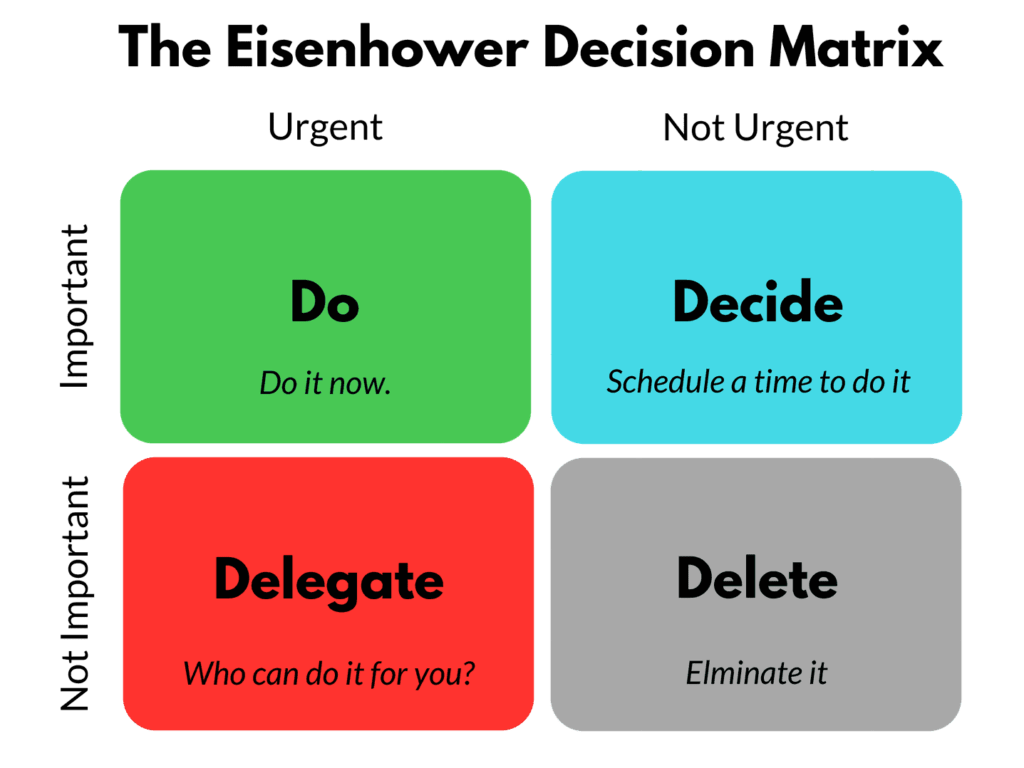If your plans are no longer invested in 24 hours, if you’ve abandoned creativity, learning a foreign language and forgotten how to fully rest, then you should read to the end. The Yikigai team has collected 6 effective practices in time management, that should be used even by the busiest people.
Practice 1. Describe the day by hours
The easiest way to be toned and not to let time disappear without a trace is to plan. You can use diaries, spreadsheets, notes in apps, etc. as a planner. A century of progress has come up with all the conveniences for you – just use them.
Turn planning into a fun process: buy stickers, markers or bright tape to highlight. If you’re not a paper enthusiast, try the notes on your smartphone/computer with audible alerts.
It is desirable that your plan contains not only a list of tasks but also the time of their execution. If for some reason you can’t do a task (and you can postpone it), go to the next one. You can go back to the unfinished business at the end – there will still be time and effort left to complete it.
Practice 2. Divide into “important” and “not important”
What’s the first thing to do? Eisenhower’s matrix allows us to cope with this question. It looks like a tablet with four sectors, each of which is responsible for the degree of importance.

It’s easy to make such a table yourself. It is enough to split a sheet of paper into 4 parts by signing into categories (important/not important, urgent/not urgent) and adding a list of tasks for the day to each cell.
The purpose of the matrix is not only to set priorities but also to relieve possible nervous tension.
If the matrix is not your option, you can arrange the tasks in another way – using colored stickers by category. For example:
- Red Sticker: “Urgent things to do in the morning”.
- Yellow sticker: “Not very urgent, but important for today”.
- Blue sticker: “The things I was asked to do.
- Green sticker: “Small things to wait for.
Bright stickers will not only help to “understand” the division of tasks but also once again remind about the upcoming plans.
Practice 3. Start with a simple
Perform any work from simple to complex. This is especially true for cases that you have been postponing for a long time. Working through force, of course, will not bring pleasure, but you can go on self-deception.
Imagine the situation: you have to start a major project, the result of which depends on the monthly bonus. But as soon as you sit down at work, so suddenly the coffee in the mug ends, you need to urgently respond to the message in the messenger and generally have a headache. In such conditions, it is simply impossible to perform any task.
Practice 4. “What am I not doing now?
If you feel that most of the time is still going nowhere, write yourself a question:
– What am I not doing now?
Put a minimum of 10 points under each of them and list the things that are important to do today, but that you can’t begin to do.
Next, ask yourself, “Why don’t I do it?”, “What’s stopping me?”, etc. It is important to write this down – on paper your plans will seem more achievable.
Practice 5. Find “time eaters”
The same question is used in this method, but without denying “not”:
– What am I doing now?
It allows you to identify actions that take up a lot of time and are not urgent.
To catch such “eaters”, you will need a notebook, a pen, and an alarm clock.
1. Getting started, set the alarm for every 30 minutes.
2. At a new alarm clock, record the action you are currently performing. Perhaps now you are distracted by the newsfeed in social networks!
3. Continue recording for three days. It’s not easy, but it will be great to find your weaknesses in time management.
4. Reduce the number of rituals that “steal” time. For example, start replying to personal messages in messengers three times a day. It is statistically proven that this frequency is enough not to miss an important one.
Practice 6. Agree with yourself
Each of us is inherent in resisting plans and responsibilities. And this is normal, because the brain protects the nervous system from stress, not allowing it to “overheat”. As a result, we “can not”, “do not do”, “do not want”.
When we do not want to work, we are like capricious children: spend time-wasting to delay the entry into a stressful situation. If you are often such a child, use the loophole in Substance Theory.
The theory is that there are three forms of behavior within us: Child, Parent, and Adult. All three types live equally in each of us, periodically changing each other.
A parent and an adult are responsible and help us plan our time rationally. When they are replaced by a child, we are lazy, looking for excuses, setting the right priorities.
So that the capricious child does not take your main time for small tasks, negotiate with him. Offer yourself an alternative in the form of a game, for example: “I’ll definitely go to a coffee break with my colleagues, but I’ll finish my work first” or “I promise myself that I’ll look for New Year’s gifts for my family, but I’ll do it after 2 hours of productive work.
Don’t take on more than one task at a time: you’ll lose time and get tired of switching between tasks. Remember that you control your time and not the other way around.








1 Comment
This is a topic that’s near to my heart… Many thanks!
Exactly where are your contact details though?